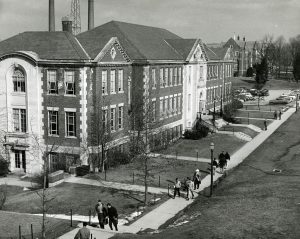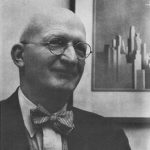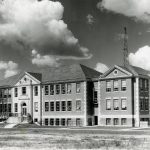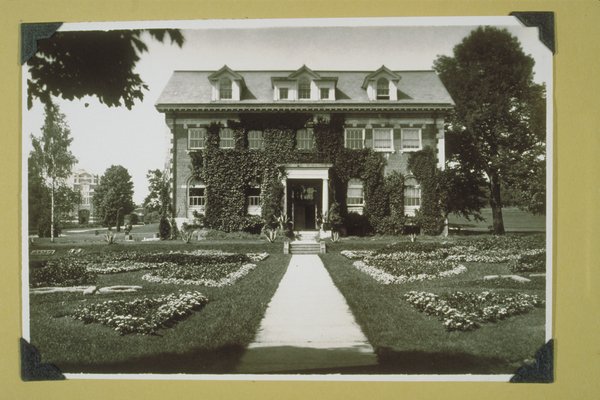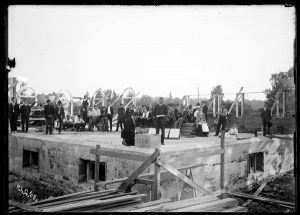[slideshow_deploy id=’8343′]
Merlin D. Bishop was born in 1907 in Illinois, worked at the Ford Motor Company between 1925 and 1931 and attended Wayne University in Detroit, Michigan, while serving as a member of the Extension Staff of Brookwood Labor College. Following Brookwood, he joined the teaching staff of the Federal Emergency Relief Administration as assistant state supervisor of the worker education program. In 1936, he was appointed temporary education director of the United Automobile Workers (UAW) and became the union’s first full-time director in 1937-1938. He was the educational director of the Philadelphia joint board of the Amalgamated Clothing Workers of America (1939-1943). In 1943 he was the international representative, sub-regional director, of the International Union, UAW, and held that position in Hartford beginning in 1947. In his career as a labor leader he also wrote several labor education leaflets, pamphlets and instruction guides.
Mr. Bishop was also active in higher education in Connecticut, serving on the Governor’s Fact-Finding Commission on Education from 1948 to 1951. In 1950, he was appointed to the Board of Trustees of the University of Connecticut and served as secretary of the Board from 1963 until 1972; he left the board in 1975. He was also on the Governor’s Library Study Commission (1961-1962), the Governor’s Higher Education Study Commission (1963-1964), and the Labor Education Center Study Committee (Bishop Committee) (1964-1967).
We hold Bishop’s papers in Archives & Special Collections, and they include publications, correspondence, reports and notes relevant to labor and labor education, the Young Women’s Christian Association, the United Auto Workers and multiple University and State commissions.
Merlin D. Bishop died on August 1, 2002, at the age of 94
The building named in his honor was completed in 1971 and then known as the Merlin D. Bishop Center for Continuing Education. For years it held the Labor Education Center. Today it holds the Digital Media and Design Department and the College of Continuing Studies.

